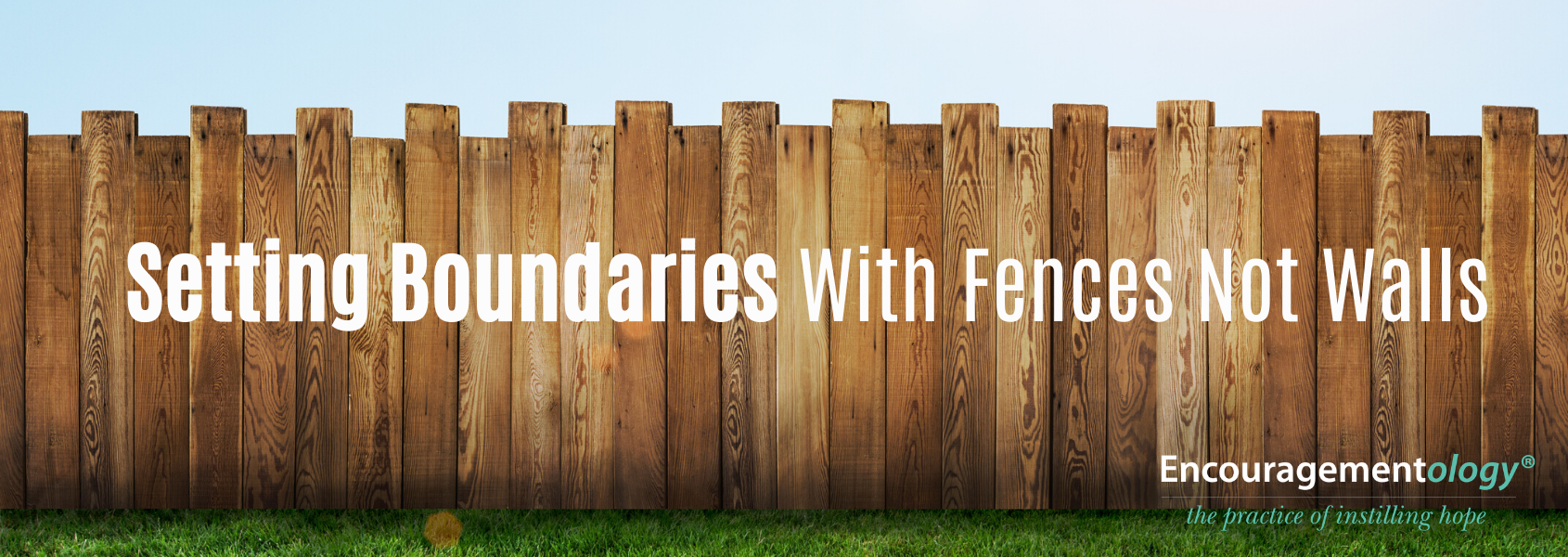SHOW NOTES:
On this show…. we are talking about boundaries; the need for them, how to establish them, and how to communicate your expectations for them. Creating and maintaining healthy boundaries is all about communication. It starts with you and it ends with you. We would all like to be free to nurture our mind, body, & spirit without the fear of attack. Boundaries give you space and freedom to safely move around and grow. Imagine a hula-hoop. We are going to use this visual to demonstrate space, not literal space but figuratively. You are in the center of your hula-hoop. You have free space all around you before you hit the edge. Comfortable there? Good. Stay in your hula-hoop and we will work through keeping everyone else in there’s. Ready build fences instead of walls?
You communicate, through your actions, how you want to be treated, and how you plan to treat others. Let’s dive into this concept because it’s two-sided.
We talk about both concepts – how you treat yourself and how you communicate the way you want others to treat you.
Great visual for why you overextend yourself when helping others: Imagine a horizontal line. Draw a vertical line at the midway point. Now, there is 50% on either side of that vertical line. If you go over the line, doing your 50 and then 30 more, you can put a marker at 80%. That leaves 20% left for the other person to do. Twenty percent is a cake-walk. 100% reward with only 20% effort – that’s something anyone could get comfortable with.
The big question is not why are people are taking you for granted but why you feel the need to do 30% more?
Not sure if you are giving too much? Shawn M. Burn Ph.D. with 12 Signs That You’re Giving Too Much for Psychology Today
Not sure you can figure out how to stop? Dr Sheri Jacobson – How to Stop Giving Too Much in a Relationship
Good stuff on saying NO:
Saying NO can be the elephant in the room and create an awkward exchange if you let it. But effectively saying no can be one of the most gentle boundaries that can be appreciated by both parties.
First, let’s get comfortable with the word as we set some guidelines:
NO lying
NO excuses
NO emotions
NO defenses
NO negotiation
NO buts
Just NO.
You are asked for something that you don’t want to do or give and you respond…” I would love to help you out but I can’t”…silence. “That sounds like fun but I can’t make it”…silence. “I would really like to be there for you but I will have to say no”…silence.
By being clear and decisively answering the question, you established your boundary. When you make excuses, negotiate, or end with a but….you leave the door open for discussion and manipulation. The biggest hurdle is the feeling of disappointing someone but in all honesty, disappointing yourself should be your number one concern. When you say NO it frees the person asking to set their sights on another alternative. When you bend or recant, it keeps them prodding you until they get the answer they want.
Let’s figure out how to move forward with a few extra tips: Abigail Brenner M.D. – 7 Tips to Create Healthy Boundaries with Others
CHALLENGE: Look in the mirror to come face-to-face with your own wants, needs, and desires. Change your narrative and realize you are worth the effort. Lead by example and communicate a healthy boundary that uses fences instead of walls.
I Know YOU Can Do It!

